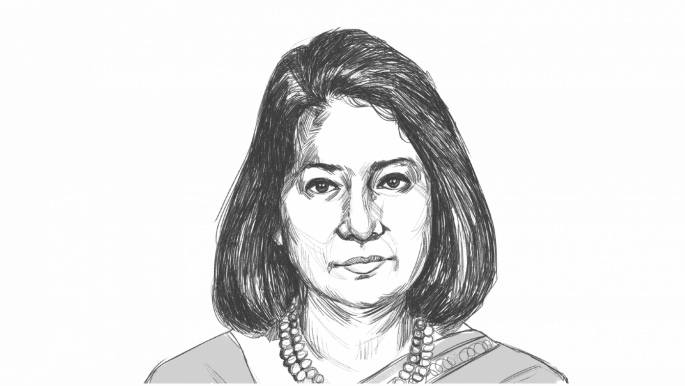Originally posted in The Business Standard on 1 January 2023

The country’s middle class has been increasing over the past few decades due to economic transformation. The pandemic was a bump to that growth, as a large chunk of middle-income people fell below the poverty line after losing jobs or facing income cuts. Besides, a portion of the rich slid down to the middle-income club during the Covid.
Despite the exclusion and inclusion, the number of middle-income people is still the largest in the population. But the problem is that this majority class is not in any policy of the government.
For the marginalised, underprivileged and poor, the government is taking numerous initiatives. On the other hand, the upper-class comprising industrialists, bank owners, bureaucrats and politicians always find public policies in their favour. They always contribute well to the economy, and their accessibility and influence are also high.
But the majority of the population – the middle class who remain in between the rich and the poor – has nowhere to go and none to advocate for them. They themselves are also not able to raise their voices unitedly over their demands. Therefore, their needs remain neglected as policymakers hardly consider the class while formulating an economic policy.
Due to Covid fallout, many of the middle class had lost their jobs amid the lockdown. During this time, many small businesses and industries also closed down. This class has been forced to live a very inhumane life for more than a year.
Many of them returned to work but could not retain the previous income. Inflationary pressure and eroding purchasing capacity due to the Russia-Ukraine war in February 2022 dealt a further blow to the already ailing class.
In addition to regular social safety programmes, free and subsidised food has been provided for the very poor at various times. But due mostly to social shame, the middle class was not able to queue up for the subsidised food.
But there has been virtually no separate initiative by the government to help the middle-income people both during the pandemic and the war-induced economic shock.
The squeeze has now turned so acute that the upper middle class let their drivers and household workers go in a bid to reduce costs. Bank deposits are declining mainly due to the fall in savings by the middle class.
With the current income, middle-income people are struggling to manage three meals a day and other daily essentials. Many of them reduce the quantity, frequency or quality of meals, while others are unable to meet the medical and educational expenses for their children.
If the downturn in living standard continues, there will be a major decline in the nutritional outlook as well as overall human resources. If productivity decreases, people’s income will also fall in the long run.
Gas and electricity prices are anticipated to increase further in 2023, further squeezing the middle class to meet the cost of living. There is no sign of the economy turning around. Inflation may drop from 9 to 7, but I do not see any possibility of daily essentials actually to cool off anytime soon.
Against this backdrop, I do not see any ray of hope for the middle class in 2023. They will have to compromise more on quality of living.
Although there is no possibility of any major improvement in the job market next year, I do not see any major risk of layoff.
It is difficult to ensure the overall welfare of the middle class overnight. I think they could be provided with cash support and food to deal with the ongoing crisis.
The developed world, even our neighbouring countries, have health insurance for all. Those governments have invested heavily on education and there is universal pension coverage for all.
If these measures were in place in Bangladesh, the middle class could be a little more comfortable.

